One of the most important skills readers need is visualizing. If kids struggle with visualizing, it makes it very hard to comprehend. There are ways to work on it though. Today I'll share a few with you.
Using Text Details
The first tip I have is for your students is to focus on using text information or details for visualizing, As your students read, have them mark or box the details that help provide clues on images. Adjectives that describe the topic and action verbs are likely to be selected.Illustrating Text Information
 Well, as I mentioned, the focus is on visualizing, and I happened to have a pin come across my feed the other day from Teaching in Room 6 that really got my brain spinning, and here it is. I think it is just a genius idea for teaching kids to visualize (as well as providing text evidence). So many of our kiddos truly can not make mental images, so in order to scaffold that skill (and deepen it for some), I think this idea really works.
Well, as I mentioned, the focus is on visualizing, and I happened to have a pin come across my feed the other day from Teaching in Room 6 that really got my brain spinning, and here it is. I think it is just a genius idea for teaching kids to visualize (as well as providing text evidence). So many of our kiddos truly can not make mental images, so in order to scaffold that skill (and deepen it for some), I think this idea really works. Use Think Aloud to Break It Down
Now, as you can see, the text in this picture is small and works well for cutting and pasting. What if kids aren't able to determine the evidence needed or pick out the details? Here is the original poem I'm sharing with you. Nothing is marked in it, but let's take the first verse. What details need to go in a drawing?
A scarecrow's job is a busy one. He makes the birds fly away. He keeps them from the plants. That grow in the sun all day.
You'd include a scarecrow, birds flying, plants around the scarecrow, and the sun in the sky, right? Some students would miss that, so to assist in this skill, I made the selected text bold and underlined it to show the students how we pull details from the text to make that image.
Draw It Out
In the image to the right, you can see how those words are marked as well as the remainder of the poem. Students would draw the picture, color it if they wishes, and then label it with the text phrases.
Poetry works very well for this type of lesson because it is short, but we can also apply these ideas for older readers with books as well.
One of my favorite books is Scarecrow by Cynthia Rylant because it is so descriptive. I think it would work well for this idea. You divide your students into teams, and as they read the book together, they record examples of description on sticky notes or with a computer. Then, each group completes a mural and adds the evidence too like the example provided by Stephanie.

If you'd like to give this a try with the freebie provided, you can download it by clicking the image below. Each of the poems included in my Fall Poetry Collection are set up like this one.
If you're interested in the full set, click here to get more details.
Well, happy fall y'all, and let's build skills!
Well, happy fall y'all, and let's build skills!
Pin for Later





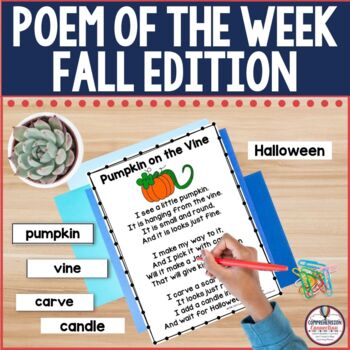




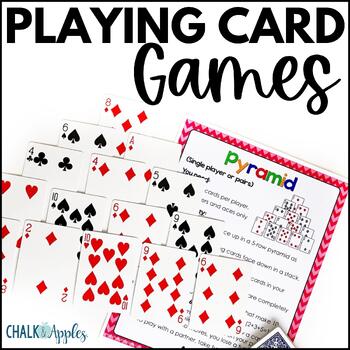

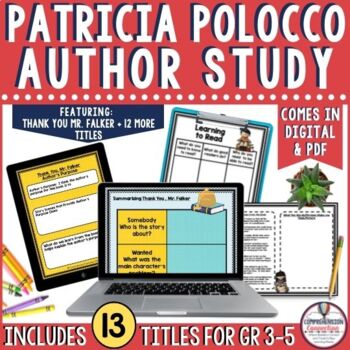

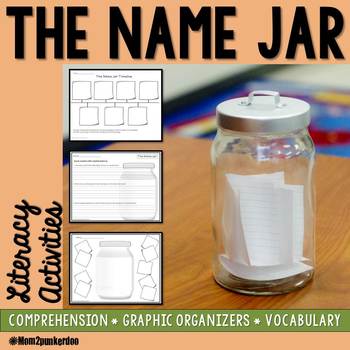

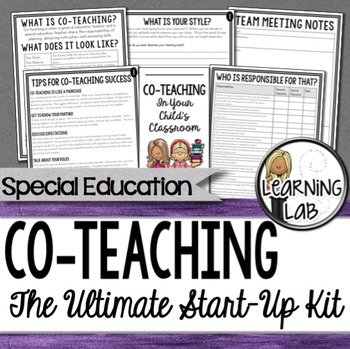
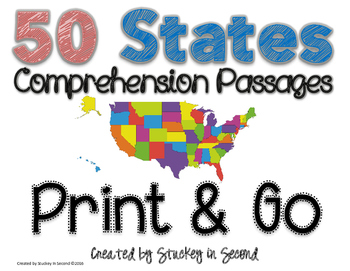
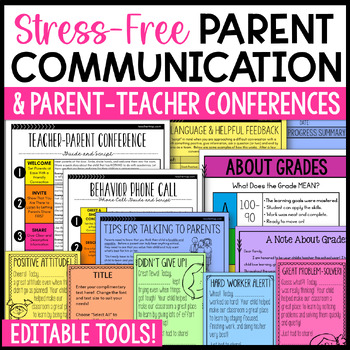
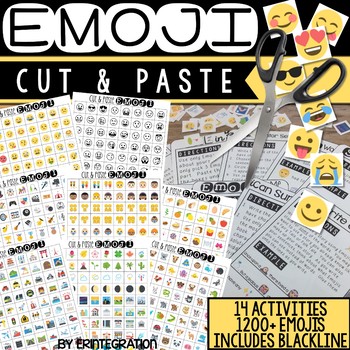
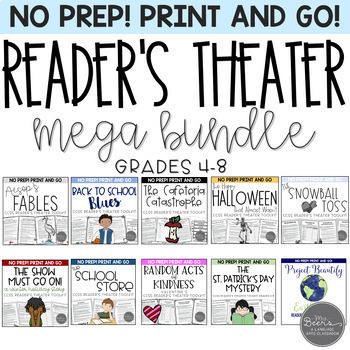
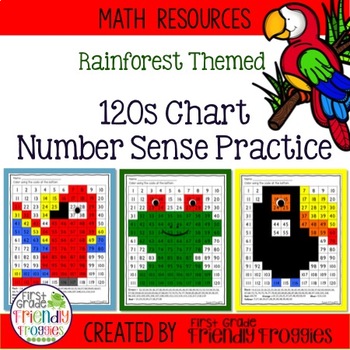

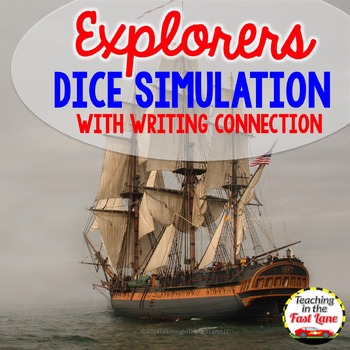





















0 comments:
Post a Comment